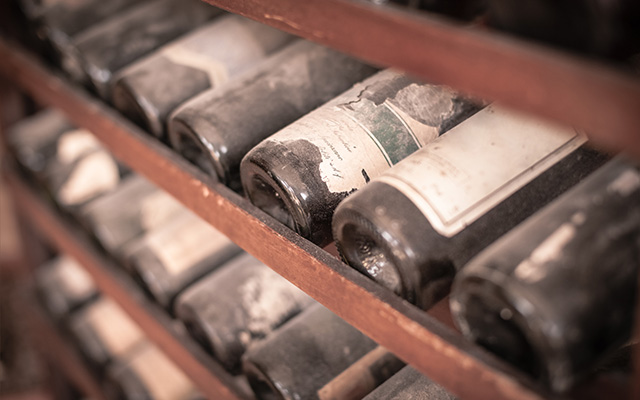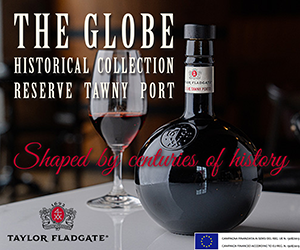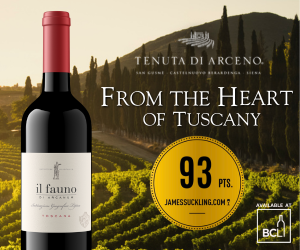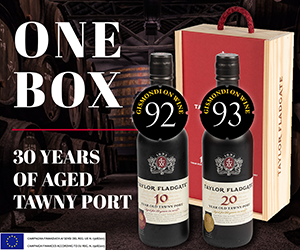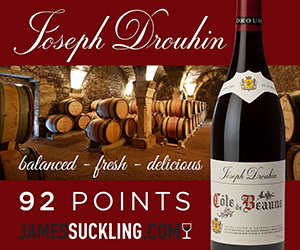It is clear that by the time the Vancouver International Wine Festival rolls around at the end of February it will be a complete sellout.
Such is the draw of France and French wines. But what is that style and how does it relate to us sitting here in the New World, not far from the Okanagan Valley, not to mention Washington, Oregon and California.
The difference is largely style, and while it's too naive to say, New World wines are richer, riper and more alcoholic on the palate. It is no less simplistic to claim that Old World French wines tend to be leaner in structure, bear more acid, firmer tannins and in most cases are often crafted to accompany food. The answer, like most things, lies somewhere in the middle and today we will explore four key grape varieties as they pertain to France and the rest of New World.
Sauvignon Blanc tasted outside of France is often described as being or not being Pouilly-Fumé or Sancerre-like.
The issue is many consumers are unaware that Sancerre, Pouilly-Fumé or Touraine are made with Sauvignon Blanc because under French wine laws appellation tends to be more important than the grape variety. None consider the best New World labels mimic the Loire-style, offering smoky, mineral, pear and apple flavours, leaner structure and higher acidity and you see the modern-day challenge.
New World areas competing best include Casablanca, Leyda and Limari in Chile, Marlborough in New Zealand and Constantia and coastal South Africa. In the case of food, clams, green lip mussels, goat's cheese, pasta and chicken salads rule the New World while chèvre any fish in sorrel sauce, onion tarts and mussels would be the French equivalent.
The latest in New World Chardonnay is beginning to garner respect for its crisp fresh, styling as they take on French White Burgundy where less overt oak, more lees and bread dough characters shape complex textures and flavours. New World producers have moved to the coolest and most marginal (in terms of weather) sites where acidity and fruit are intensified but the style is drier and fresher and the fruit is more in balance with the oak and the wine's acidity. California's Sonoma Coast, Monterey and Santa Barbara lead the rush with plenty of help from Australia, New Zealand, South Africa and more and more Canada. Lobster, tuna, oysters and Caesar salad are more New World dishes while the French prefer their Chardonnay with wild salmon, turbot, sole, oysters, white bean purée and onion tarts.
Cabernet Sauvignon gained its fame in the Bordeaux region of France, primarily in and about the Médoc where the best have abundant fine-grained tannins, concentration of flavour and complexity but in the fruit gives way to a desire to reveal the terroir of the site. In Bordeaux the blend is more important than any single grape.
In the New World lighter and more modern cabernet such as those from Chile, Argentina and Australia, place more of an emphasis on fruit flavours, softer tannins to make them drinkable earlier. The competition for Bordeaux is heating up in California, Tuscany, Washington and lately Canada. The French love to serve Bordeaux with entrecôte a la Bordelaise sauce or even pigeon with vegetables while in the New World it is a T-bone or rib-eye steak, lamb or venison with a blueberry sauce.
Does anyone do Pinot Noir better than the French and more specifically Burgundy? The challenge for consumers is a blizzard of vineyards and producers. But if Burgundy was once regarded a temple of Pinot Noir production it is now merely a region in France that produces some of the world's best.
After that, you can turn to an ever-growing number of competitors from Central Otago, Martinborough and Marlborough in New Zealand; the Russian River, Carneros, Monterey, and Santa Barbara counties in California; toss in Oregon's Willamette Valley, Tasmania and the Yarra Valley in Australia and the Okanagan Valley and the Niagara Peninsula and well, you get the picture, the game is on. In France, the food can range from rabbit, magret de canard, pheasant and coq au vin while closer to home Pinot with quail, duck, turkey, sausages and wild mushrooms can be mighty tasty.
When it comes to France what's New may not be Old but the lines are becoming about as blurred as they can be.
Michel Torino Cuma Organic Torrontés 2012, Cafayate, Calchaqui Valley, Salta, Argentina
Price: $14 | Score: 88/100
UPC: 7790189040074
Crazy value here and delicious drinking. Fresh dry, juicy palate with lemon, apricot, grassy, anise, sausage and ginger flavours. Fine intensity and balanced in a drier style for food. Well done. It works well with turkey, Thai and sushi.
The Doctor's Sauvignon Blanc 2012, Marlborough, New Zealand
Price: $20 | Score: 88/100
UPC: 94190560100151
In 2012, Kiwi Dr. John Forrest -- who nailed the concept of a low alcohol 9.5 per cent Sauvignon -- has dried the wine out completely, pushing it pack into Kiwi gooseberry/passion fruit mode. Fairly stark and youthful at this point but would be fine with most lunchtime menus. A touch of residual sugar wouldn't hurt this style but we love it just the same.
Kungfu Girl Riesling 2012, Columbia Valley, Washington, United States
Price: $22 | Score: 87/100
UPC: 1847450004443
Pleasant floral, green apple, peach aromas preview a juicy, fresh but soft palate with pear, honey, baked green apple, guava and light lees flavours. A simple, easy-sipping style Riesling for spicy food.
Roche Audran Cotes du Rhone 2011, Rhone Valley, France
Price: $18 | Score: 88/100
UPC: 626990045557
Old vines are behind what appears to be a terrific little red for the price. The Grenache is 55 to 100 years old, the carignan 82 years and the Syrah is somewhere from 30 to 50 years old. The blend spends 12 months in a combination 20 per cent small barriques, 35 per cent oak tronconic tanks and perhaps the magic ingredient, 45 per cent concrete tanks. Surprisingly well knit, balanced and well, a delicious drinking red with cherries pepper and black fruits all in perfect amounts. Somebody cares here. Back up the truck.
Edmeades Zinfandel 2009, Mendocino County, California, United States
Price: $23 | Score: 89/100
UPC: 768033001011
Classic zin blackberry jam, tobacco, spicy, licorice aromas. The attack is full, warm and round with juicy blackberry jam and smoky, herbal, cedar flavours. Solid effort for those mid-winter stews and heavier meals. Comfortable, easy-sipping red.
Los Vascos Grande Reserve 2010, Valle del Colchagua, Valle del Rapel, Chile
Price: $24 | Score: 88/100
UPC: 7804360121008
New meets old in this cabernet blend owned by Lafite Rothschild in Chile. The attack is fresh and smooth, the palate dry with light tannins and peppery, black olive, earthy, cedar, black berry, tobacco and leather flavours. Good finesse if a bit tight at this stage. Try now with grilled meats or age another three to five years.

 quicksearch
quicksearch

